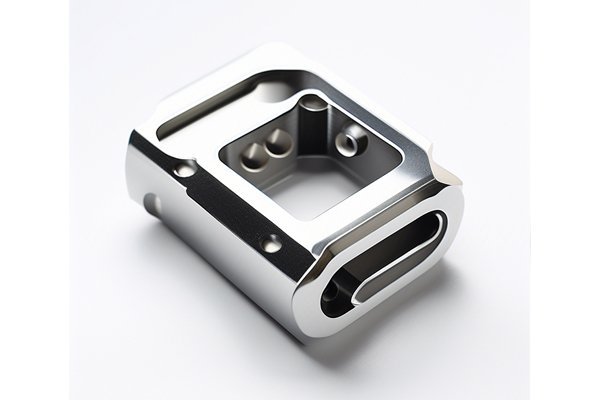*
Did you know that the surface finish of machined parts can influence their performance and lifespan? Studies have shown that a poor surface finish can lead to increased friction, premature wear, and system failures, with tolerances often playing a vital role in a component’s reliability. In the world of manufacturing and engineering, achieving a high-quality surface finish is critical, especially in industries that demand precision, such as aerospace, automotive, and medical devices.
When it comes to CNC (Computer Numerical Control) machining, materials like 6061 aluminum and PEEK (Polyether Ether Ketone) plastic present unique challenges and opportunities for engineers and machinists striving for superior surface quality. This blog will explore the intricacies of improving surface quality in CNC machining processes for these two materials, offering actionable insights, techniques, and solutions to overcome common challenges.
—
Understanding 6061 Aluminum and PEEK Plastic
Before delving into the specifics of surface enhancement techniques, it’s essential to understand the materials we are dealing with.
6061 aluminum is one of the most widely used aluminum alloys due to its versatility, high strength-to-weight ratio, and excellent corrosion resistance. It features:
The primary applications of 6061 aluminum span across automotive parts, marine applications, and structural components where strength and lightweight performance are essential.
PEEK is an advanced thermoplastic known for its high mechanical properties and exceptional thermal stability. Its characteristics include:
PEEK is used in aerospace, automotive, and medical devices to create components that require robust mechanical performance while ensuring lightweight advantages.
—
The Importance of Surface Quality in CNC Machining
Why should you care about surface quality in CNC machining?
Achieving high surface quality in CNC machining requires a comprehensive understanding of both the material properties and the machining processes involved.
—
Key Techniques for Improving Surface Quality
1.1 Choosing the Right Tooling Material
Selecting the proper tooling material is crucial for improving the surface finish during machining. For machining 6061 aluminum and PEEK, consider the following:
1.2 Tool Geometry and Coatings
Tool geometry impacts cutting efficiency and surface finish:

Selecting the right machining parameters is essential:
Utilizing the right cutting fluids significantly contributes to improved surface quality:
After the machining operation, various finishing processes can further enhance surface quality:
4.1 Abrasive Finishing Techniques
4.2 Surface Treatments
Implementing stringent quality control measures ensures surface quality over time. This involves:
Challenges and Solutions
Despite the best planning, various challenges can affect surface quality. Here are common issues encountered during CNC machining of 6061 aluminum and PEEK and potential solutions:
—
Achieving high-quality surface finishes in CNC machining of 6061 aluminum and PEEK plastic is not merely a matter of skill but a combination of understanding material properties, selecting appropriate tools, optimizing machining parameters, and employing effective post-processing techniques. By integrating these strategies, manufacturers can not only enhance product performance but also ensure compliance with industry standards.
It is important to recognize that surface finish and quality significantly impact overall operational efficiency and product longevity. Understanding and implementing these techniques is crucial for anyone working within engineering, manufacturing, or product design domains. Whether you’re machining materials for the aerospace industry or creating electronic components, the insights shared in this blog are invaluable for elevating your machining capabilities to meet today’s high-quality demands.
As industries continue to evolve towards technological advancements, staying informed about best practices in CNC machining and surface quality will not only set you apart but also equip you with the tools to innovate in your field confidently. Remember, in the realm of precision engineering, every detail matters, and investing in surface quality pays dividends in performance and reliability.






